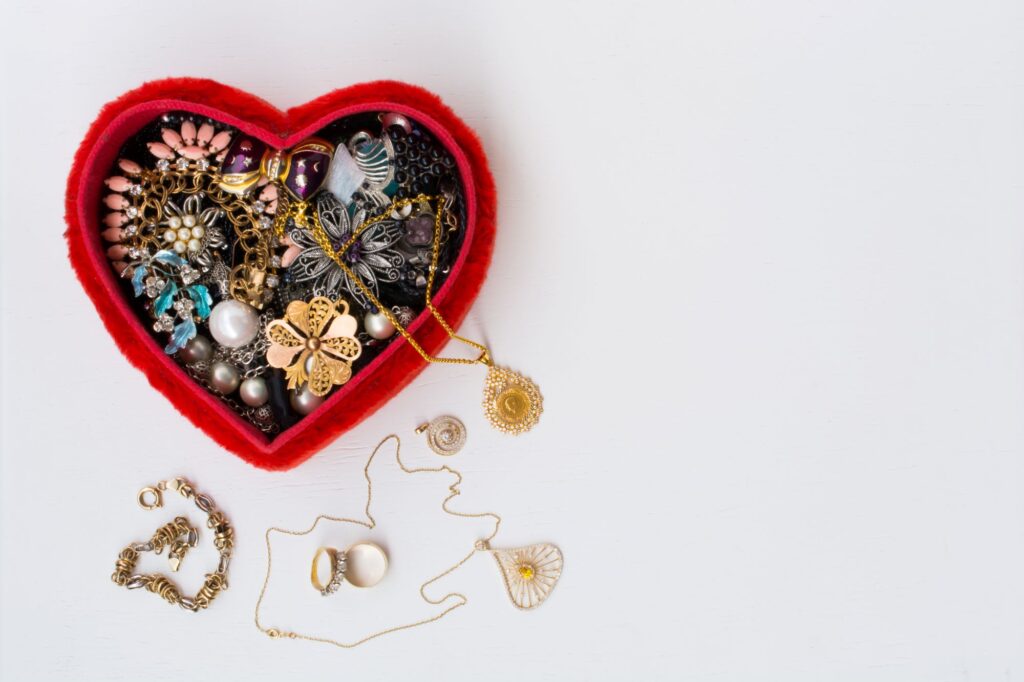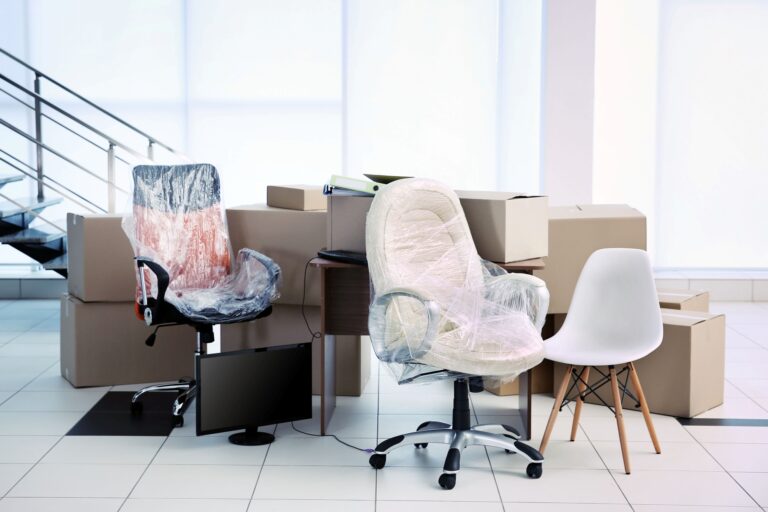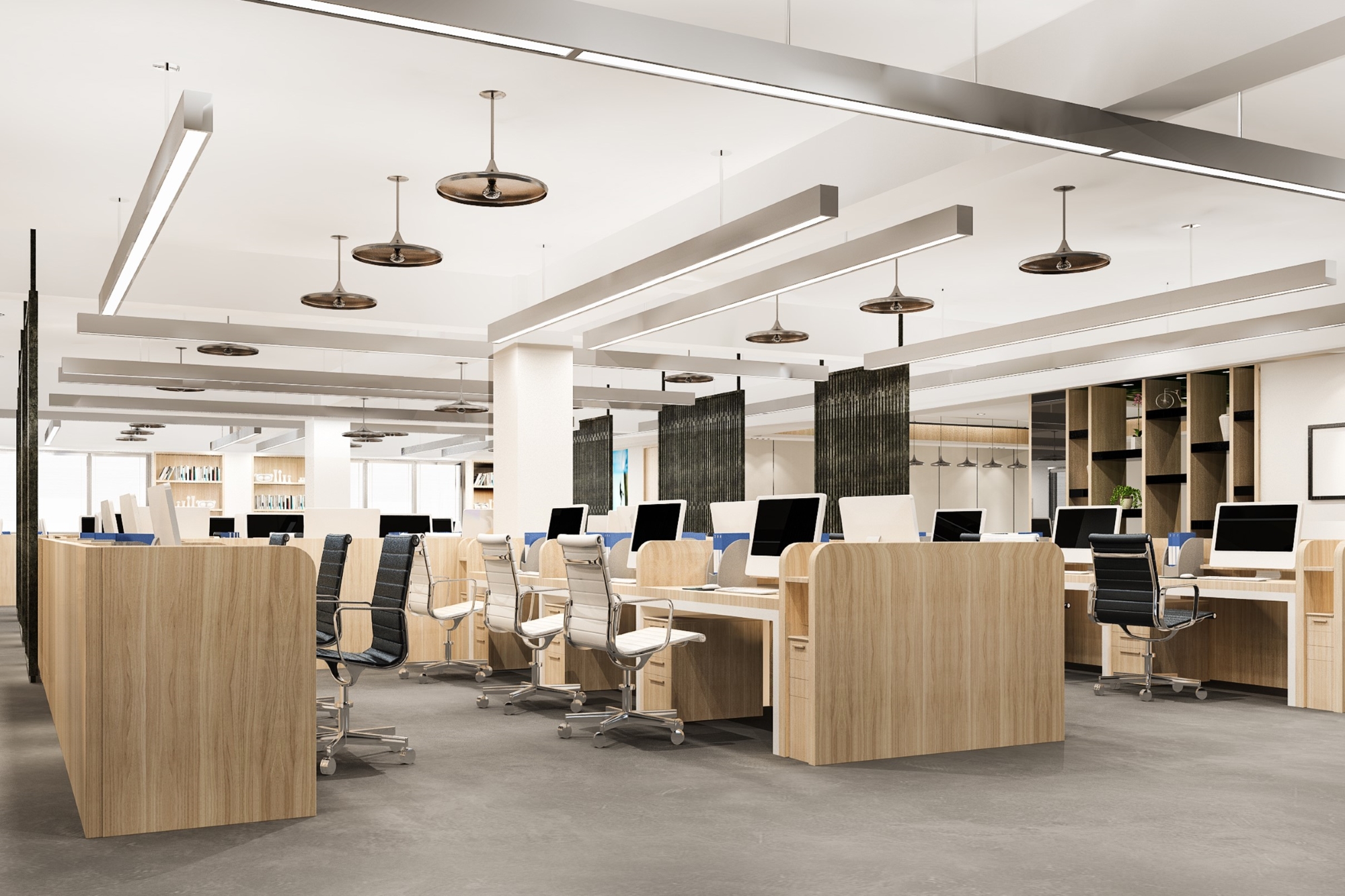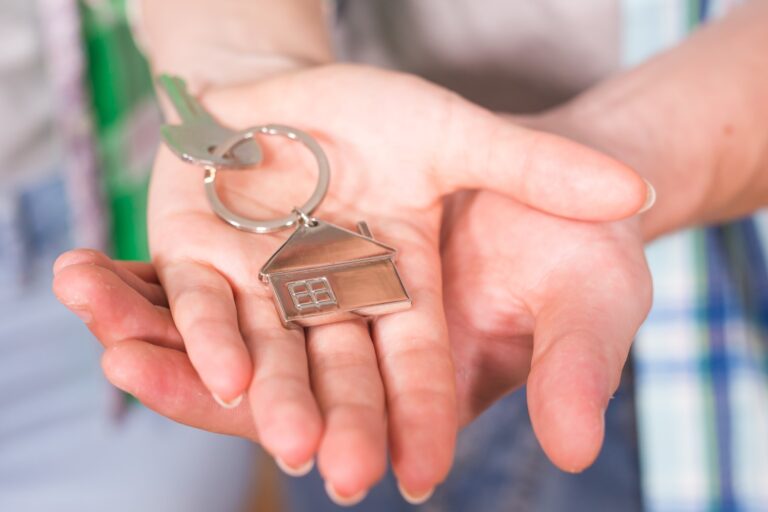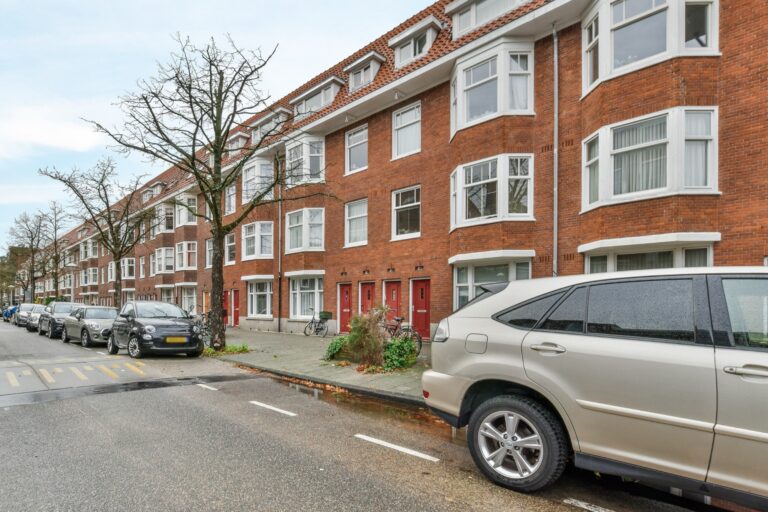Wondering how to keep belongings safe during a home move? This guide provides essential tips on packing, labelling, and securing your items to ensure they reach your new home in perfect condition. From using high-quality packing materials to hiring professional movers and considering moving insurance, we’ve got you covered. Read on to learn how to safeguard your valuables and make your move as smooth and stress-free as possible.
Key Takeaways
- Comprehensive preparation, including decluttering and organising, is essential for a smooth and cost-effective move, reducing both the volume of items and the environmental impact.
- Properly packing and clearly labelling boxes, especially fragile items, with durable materials and detailed descriptions enhances protection and efficiency during transit.
- Hiring professional movers and considering moving insurance can significantly mitigate risks and ensure the safe transportation of your belongings.
Preparing for the Move in Walthamstow
Start by decluttering your current home. This process not only makes packing easier but also reduces the volume of items you need to move, potentially lowering your moving costs. Fewer items mean a more economical move and fewer moving truck trips, reducing your environmental impact.
Once you’ve streamlined your possessions, organise what remains. Creating a detailed moving plan, including a timeline for packing different rooms and a checklist of tasks, helps ensure nothing important is left behind or misplaced. This level of organisation is crucial for a smooth transition and proactively safeguards your belongings.
Packing Fragile Items with Care
Appropriate packing is your primary safeguard against breakage. Gather high-quality packing materials such as bubble wrap, packing paper, and sturdy boxes. Wrap the item in bubble wrap, cover all vulnerable areas, and surround it with extra cushioning.
Use newsprint packing paper to fill any empty spaces in the boxes, preventing items from shifting during transit. For extra fragile pieces, consider wrapping them in multiple layers of packing paper before adding bubble wrap. Additionally, you can use foam peanuts or air pillows to provide extra cushioning and stability within the box.
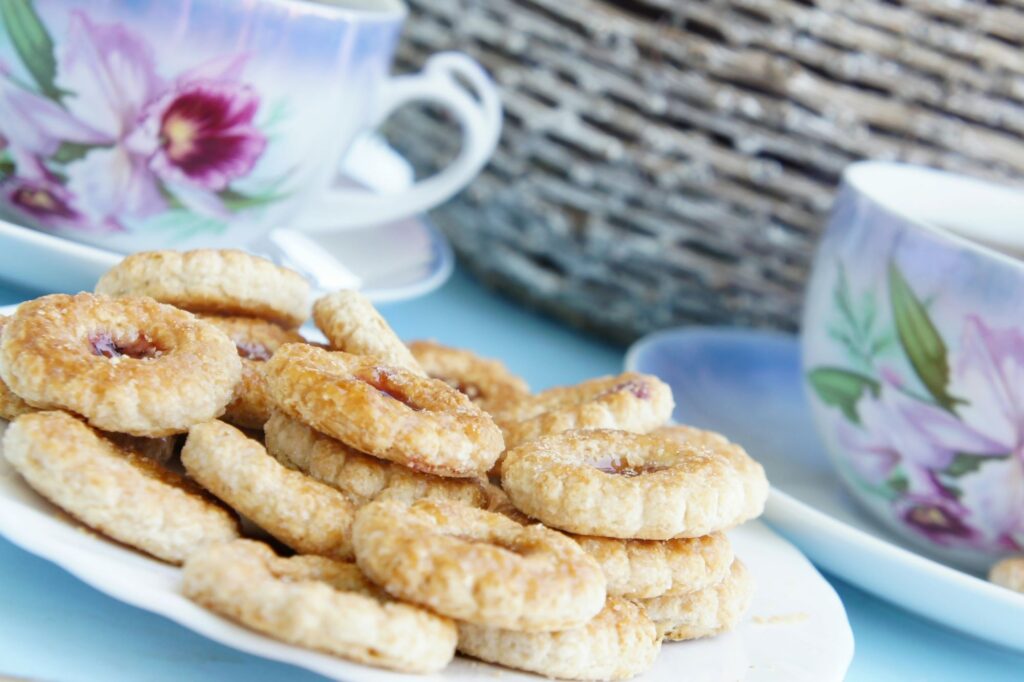
For particularly delicate items like glassware, ceramics, or electronics, it’s wise to pack them in their original packaging if available, as these are designed to offer maximum protection. Label each box containing fragile items clearly and ensure they are loaded last onto the moving vehicle to minimise the risk of damage.
If you have any exceptionally precious or irreplaceable fragile items, consider transporting them separately in your own vehicle. This extra level of care and attention will help ensure that all your delicate belongings arrive at your new home intact and in perfect condition.
Label Boxes Clearly
Efficient labelling is vital for maintaining the safety and organisation of your belongings. Include the name of the room and a brief description of the box’s contents. Use large-sized, waterproof markers and mark multiple sides of the box. Consider colour-coding your boxes by allocating a unique colour to every part of your house. Don’t forget to mark boxes containing fragile items with a clear ‘Fragile’ warning.
Additionally, create an inventory list corresponding to your labelled boxes. This will not only help you keep track of your items during the move but also make unpacking much more manageable. For added efficiency, you can number each box and include these numbers in your inventory list.
This way, you can quickly identify which boxes need to be unpacked first and which can wait. Using technology like mobile apps designed for moving can streamline this process, providing a digital record that is easily accessible. Taking these extra steps will ensure that your belongings are systematically organized and safeguarded throughout the moving process.
Keeping Valuable Items Safe
Safeguarding your valuables is about preventing material loss and preserving a part of your identity. For smaller valuables like jewellery, keep these items with you in a personal bag. Consider using a jewellery roll for small to medium-sized pieces. For larger valuable items or important documents, move them yourself or entrust them to a close friend or family member. For fragile valuables that must be transported, invest in speciality boxes designed to provide extra protection.
Additionally, consider using portable safes or lockboxes for particularly sensitive items. These can provide an added layer of security, especially for items of high sentimental or monetary value. If you have valuable electronics, ensure they are backed up and securely packed with anti-static materials.
Make sure to keep an inventory of all your valuable items, including photographs and descriptions, to help with identification and insurance claims if needed. By taking these extra precautions, you can ensure your most treasured possessions arrive safely at your new home.
Using High-Quality Moving Boxes
Investing in strong, sturdy boxes, particularly double-walled cardboard boxes, is crucial. These robust containers can hold heavy items without breaking and are strong enough to be stacked. Choose an array of box sizes to cater to diverse items. For instance, small boxes are ideal for books and heavy items, while larger boxes are better suited for lighter, bulkier items like linens or pillows.
Specialised boxes, such as wardrobe boxes for clothing and dish packs for kitchenware, can offer additional protection and convenience. Once you’ve packed your boxes, ensure they remain securely closed by sealing them with strong packing tape.
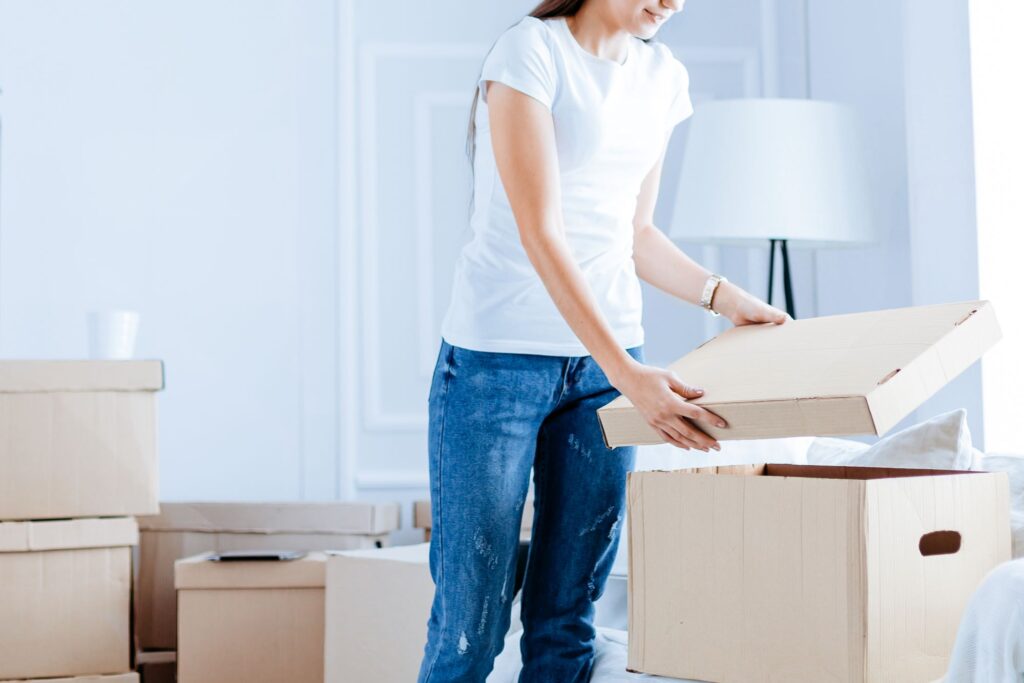
In addition to using high-quality boxes, consider reinforcing the bottoms with extra tape to prevent them from giving way under the weight of their contents. Label each box clearly with its destination room and contents to make unpacking easier and more organized.
For added protection, you can line the bottom of each box with a layer of crumpled packing paper or bubble wrap to cushion items from impacts during transit. By taking these extra steps, you can ensure that your belongings are well-protected and that your move is as smooth and stress-free as possible.
Tracking Your Belongings
Utilise inventory lists and tracking devices to ensure all items are accounted for. Create a comprehensive reference list that includes every box and a brief description of its contents. Number each box and maintain a separate list detailing the valuables in each container.
Consider using a digital inventory app like Sortly for a more dynamic and accessible inventory system. These apps often allow you to add photos, categorise items, and even generate QR codes for easy scanning, making it simpler to track your belongings throughout the move.
For added security, you might also consider using GPS tracking devices for particularly valuable or essential boxes. These devices can provide real-time location updates, ensuring you know exactly where your items are at all times.
Additionally, sharing your inventory list and tracking information with trusted family members or friends can provide an extra layer of oversight. This collaborative approach not only helps in case you need assistance but also adds a level of accountability, ensuring that your belongings are systematically organized and safeguarded throughout the moving process.
Hiring Professional Movers in Walthamstow
Engaging seasoned professional movers is the most effective approach to guarantee the safety of your possessions. These experts bring a wealth of knowledge, specialised equipment, and proven techniques to the table. Many moving companies offer comprehensive services to simplify your relocation process, including packing and unpacking services.
When selecting a moving company in Walthamstow, do thorough research, read reviews, and book well in advance. Additionally, it’s beneficial to get multiple quotes to compare prices and services, ensuring you get the best value for your money. Make sure to ask about any additional fees or charges that might not be included in the initial quote to avoid surprises on a moving day.
Professional movers are trained to handle all types of items, from fragile glassware to bulky furniture, ensuring everything is packed securely and transported safely. They also offer insurance options to cover any potential damages during the move, providing extra peace of mind.
To further enhance your moving experience, consider opting for a company that offers personalised moving plans …
Some moving companies even provide storage solutions if there’s a gap between your move-out and move-in dates. To further enhance your moving experience, consider opting for a company that offers personalised moving plans tailored to your specific needs.
This customization can make the entire process more efficient and less stressful, allowing you to focus on settling into your new home. By entrusting your move to professionals, you can significantly reduce the physical and emotional strain typically associated with moving.
Safeguarding Furniture and Larger Items
Use moving blankets to shield your furniture during transit. These blankets provide a protective layer that can prevent scratches, dents, and other damage. Disassemble furniture where possible and keep track of all hardware and components by placing them in labelled bags. Secure any moving parts with tape or stretch wrap to prevent them from shifting during the move.
For instance, tape drawers shut and wrap cushions separately to ensure they remain clean and undamaged. Having at least one other person assist with moving large furniture pieces can prevent damage and make the process smoother.
Additionally, consider using furniture sliders or dollies to move heavy items more efficiently and reduce the risk of injury. For items that cannot be disassembled, such as large sofas or wardrobes, measure doorways and hallways in advance to ensure they can pass through without issue.
If you encounter tight spaces, using corner protectors can help prevent damage to both your furniture and your home. By taking these extra precautions, you can ensure that your larger items arrive at your new home in the same condition they left your old one.
Protecting Important Papers
Gather all essential papers such as passports, birth certificates, and insurance documents in one place well in advance. Use a ring binder with plastic sleeves or a portable file box to organise these documents. Consider making photocopies of the most important ones. Keep these important papers in your personal vehicle rather than the moving truck.
In addition to the essential documents, include medical records, school records, and any legal papers you might need during the transition. It’s also wise to create digital backups of these documents and store them securely in cloud storage or on an encrypted USB drive. This extra step ensures that you have access to your important information even if the physical copies are misplaced or damaged. By taking these precautions, you can safeguard your vital documents and have peace of mind throughout the moving process.
Secure Your Moving Vehicle
Use a disc lock for the back of the moving truck and park in well-lit areas near security cameras. Back the truck against a wall when parked and use a steering wheel lock or a brake lock for added protection. Secure your belongings inside the truck by placing heavier items on the bottom and lighter ones on top, using straps or cords to keep things in place. Additionally, consider using moving blankets or padding to further protect your items from shifting and potential damage during transit.
For extra security, avoid leaving the moving truck unattended for long periods, especially overnight. If possible, have someone stay with the truck while you take breaks or run errands. You can also install a GPS tracking device on the vehicle to monitor its location in real time, providing peace of mind that your belongings are safe. Make sure to double-check all locks and security measures before leaving the truck to ensure everything is secure. By taking these additional precautions, you can significantly reduce the risk of theft or damage to your belongings during the move.
Moving Insurance for Added Protection
While taking all the necessary precautions can significantly reduce the risk of damage or loss, moving insurance provides an additional layer of protection for your belongings. There are different types of moving insurance to consider:
Basic Carrier Liability: This is the most basic coverage, usually included at no extra cost by moving companies. However, it offers minimal protection, typically based on the weight of your items rather than their actual value.
Declared Value Protection: This type of insurance allows you to declare the total value of your belongings. The moving company is then liable for the declared value, offering better coverage than basic carrier liability.
Full Value Protection: This is the most comprehensive coverage, ensuring that the moving company is responsible for the replacement value of lost or damaged items. It usually comes at an additional cost but provides peace of mind.
Third-Party Insurance: If the moving company’s insurance options are not sufficient, consider purchasing additional coverage from a third-party insurance provider. This can offer more extensive protection based on the actual value of your belongings.
RECOMMENDATION
When selecting moving insurance, carefully read the terms and conditions to understand what is covered and any limitations. Document the condition of your items before the move with photographs or videos to support any potential claims.
Summary
Moving can be a stressful experience, but with thorough preparation and the right strategies, you can protect your belongings and make the transition to your new home as seamless as possible. From decluttering and organising to packing with care and considering moving insurance, every step you take contributes to a successful move. Good luck with your move, and enjoy settling into your new home!
Frequently Asked Questions
How early should I start preparing for my move?
It’s advisable to start preparing for your move at least 6-8 weeks in advance. This time frame allows you to declutter, organise, and pack your belongings systematically, reducing last-minute stress.
What should I do with items I no longer need?
Consider donating, selling, or recycling items you no longer need. This not only reduces the volume of items you have to move but also benefits the environment and those in need.
How do I ensure my fragile items are safely packed?
Use high-quality packing materials such as bubble wrap, packing paper, and sturdy boxes. Wrap each fragile item individually, fill empty spaces in boxes with cushioning materials, and label the boxes as ‘Fragile’ to ensure careful handling.
Is moving insurance really necessary?
While not mandatory, moving insurance provides an extra layer of protection for your belongings. It covers potential damages or losses during the move, giving you peace of mind.
How can I make unpacking easier at my new home?
To make unpacking easier, label each box with the destination room and a brief description of its contents. Consider creating an inventory list to keep track of your items and prioritize unpacking essential items first.
